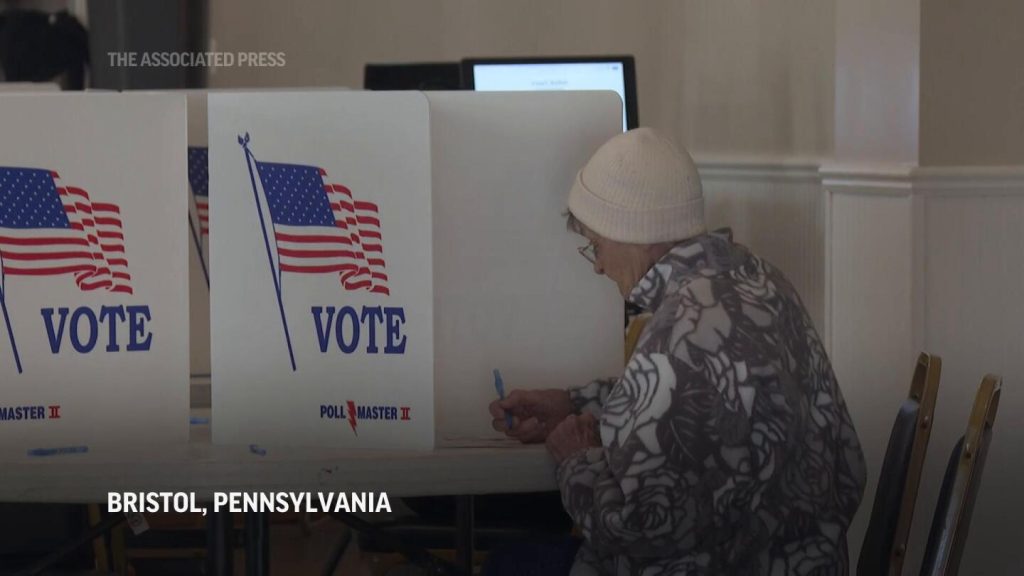Voters in Pennsylvania participated in the state’s primary election, heading to the polls to cast their ballots for various candidates and issues on the ballot. The primary election was an important moment for residents to have their voices heard and choose the candidates who will represent them in the upcoming general election. With a variety of races at stake, including statewide and local offices, voters had the opportunity to shape the political landscape in Pennsylvania for the coming years. The primary election served as a crucial step in the democratic process, allowing voters to express their preferences and help determine the direction of the state’s government.
One of the key races in the primary election was the race for governor, as incumbent Governor Tom Wolf was ineligible to run for a third term due to term limits. Voters had the opportunity to choose candidates from both the Democratic and Republican parties to compete in the general election for the state’s highest office. The governor’s race was closely watched as it would have significant implications for the future of Pennsylvania, impacting issues such as education, healthcare, and the economy. Candidates vying for the governor’s seat campaigned vigorously in the weeks leading up to the primary election, hoping to secure their party’s nomination and advance to the next stage of the election process.
In addition to the governor’s race, voters also had the chance to cast their ballots for other statewide offices, such as lieutenant governor, attorney general, and treasurer. These offices play a crucial role in shaping government policy and carrying out the functions of state government, making the primary election particularly important for determining who will hold these positions in the future. Candidates from various political backgrounds competed in these races, offering voters a range of choices and perspectives to consider as they made their decisions at the polls. The primary election provided an opportunity for voters to evaluate the qualifications and platforms of the candidates running for these offices and select the individuals they believed were best suited to represent them.
Local races were also on the ballot in the primary election, with voters choosing candidates for positions such as mayor, city council, and school board. These local offices have a direct impact on residents’ daily lives, influencing issues such as public safety, infrastructure, and education in their communities. The candidates running for these positions campaigned in their neighborhoods and engaged with voters to earn their support and make their case for why they were the best choice for the job. The primary election offered voters the chance to weigh in on who should lead their local government and make decisions that would affect their quality of life in the years to come.
Overall, the primary election in Pennsylvania was a critical moment for the state’s democracy, allowing voters to participate in the electoral process and shape the future of their government. With important races at stake at both the state and local levels, voters had the opportunity to make their voices heard and choose the candidates who would best represent their interests. The primary election served as a vital step in the democratic process, setting the stage for the general election in November and helping to determine the direction of Pennsylvania’s government for the next several years. As voters cast their ballots and watched the results come in, they played a crucial role in determining the outcome of the primary election and influencing the course of the state’s political landscape.


